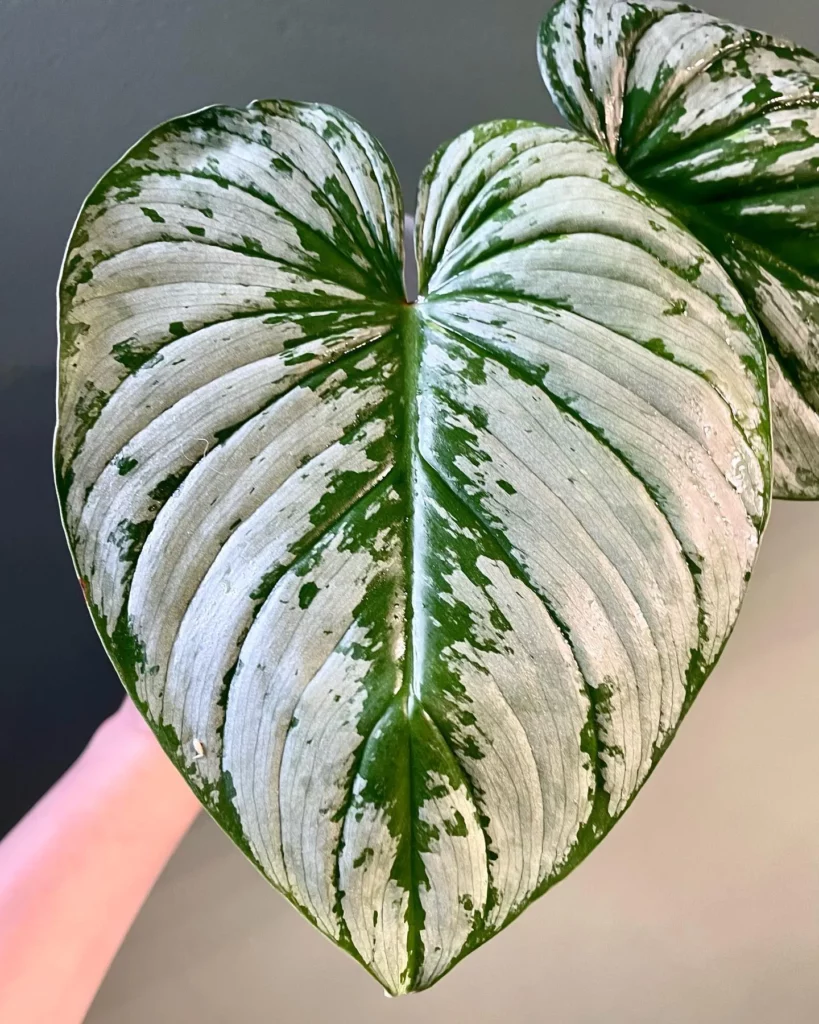Welcome to our comprehensive care guide for Philodendron Radiatum, the perfect addition to your home with its lush foliage and tropical charm. Whether you are a seasoned plant parent or just starting your green journey, this article will provide you with all the information you need to successfully grow and care for this beautiful plant.
Philodendron Radiatum is known for its showy, big leaves that instantly add a tropical look to any space. The vibrant green leaves have unique shapes, with intricate lobes and cuts. As the plant matures, the leaves become deeply incised with scalloped margins, growing up to 3 feet long and 2 feet wide, making a stunning statement in your home.
Key Takeaways:
- Philodendron Radiatum features lush foliage, adding a tropical charm to your home.
- It thrives in bright, indirect light and can tolerate being far from a window.
Appearance of Philodendron Radiatum
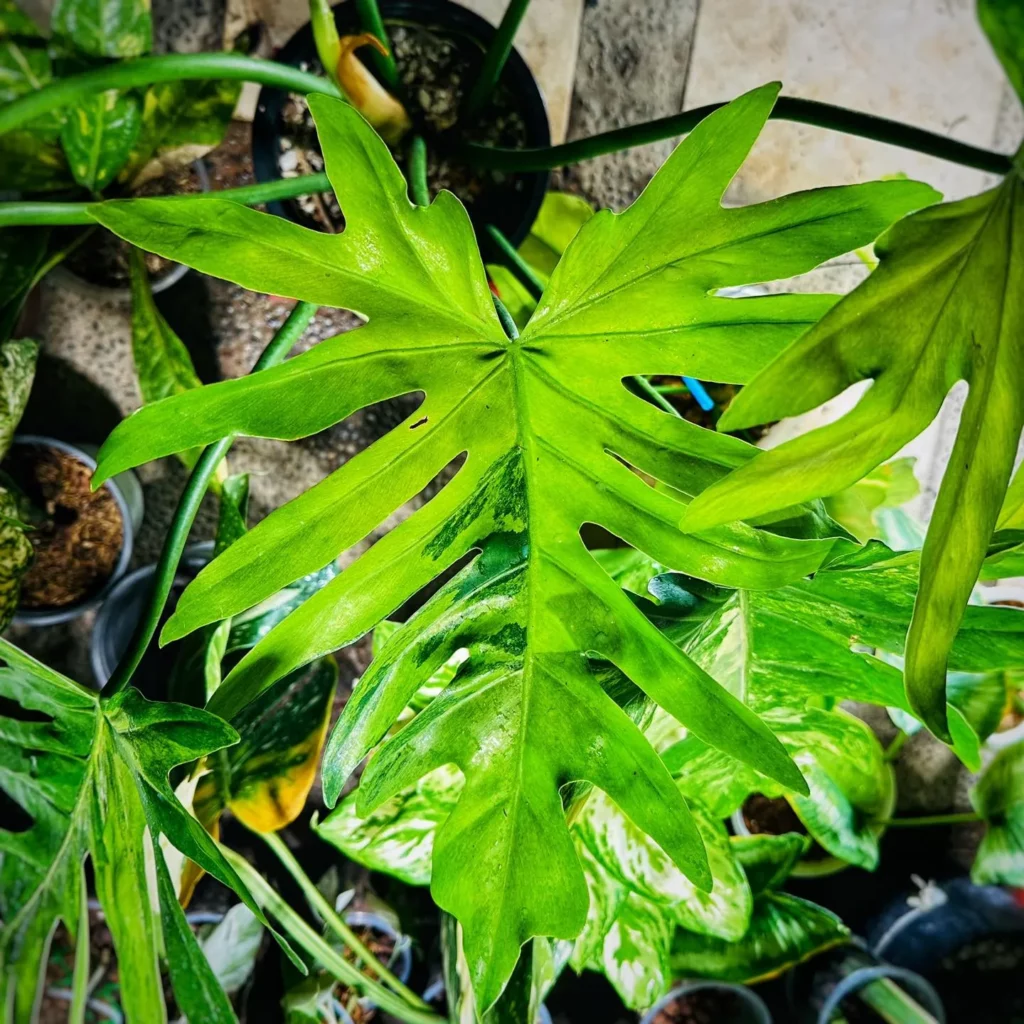
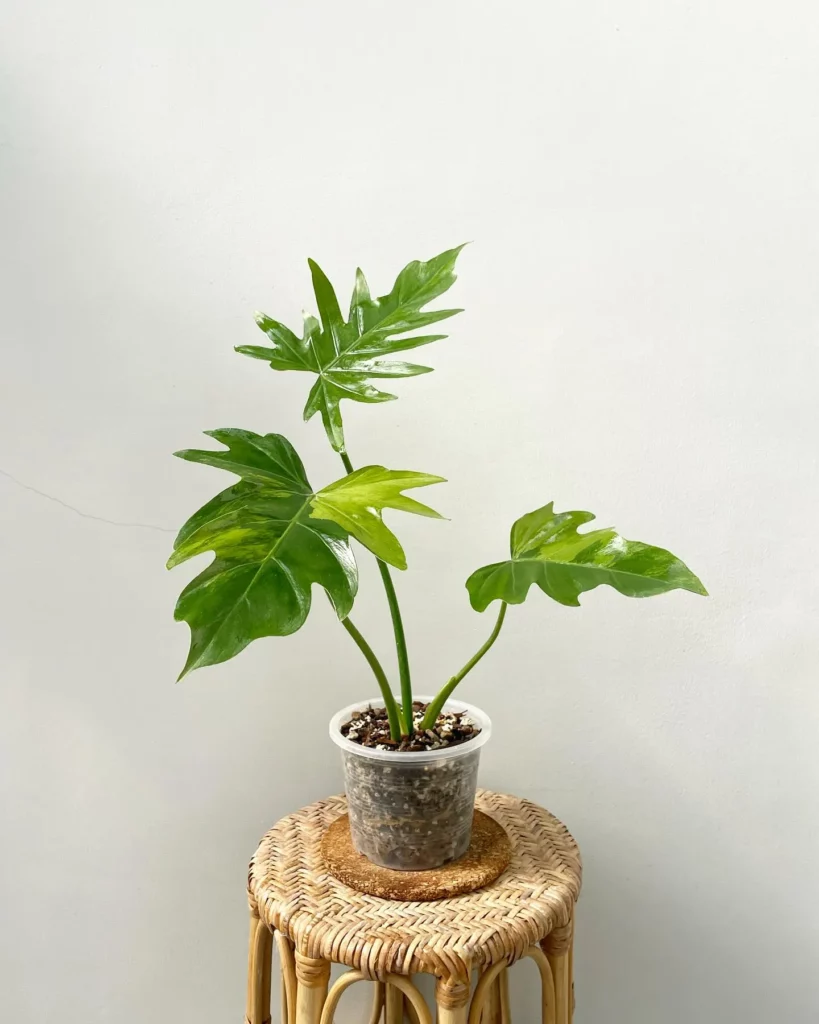
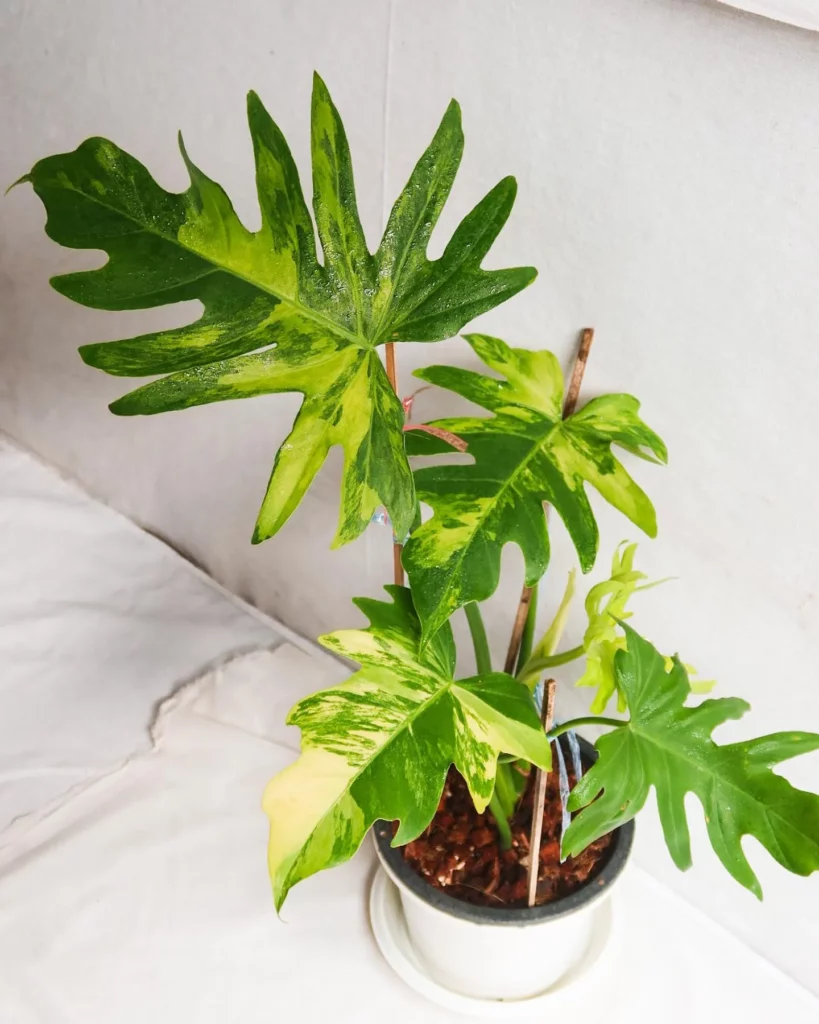
Philodendron Radiatum is a stunning houseplant with a distinct appearance that instantly brings a tropical feel to any space. Its large and vibrant green leaves are the highlight of this plant, with their unique shapes and intricate lobes and cuts. As the plant matures, the leaves take on a more dramatic look, becoming deeply incised with scalloped margins.
The mature leaves of Philodendron Radiatum can grow up to 3 feet long and 2 feet wide, making a bold statement in your home. Their size and lush foliage create an eye-catching focal point, adding a touch of nature’s beauty to your indoor environment.
If you’re looking to bring a tropical vibe and a touch of greenery into your home, the Philodendron Radiatum is an excellent choice. Its captivating appearance will liven up any room and create a soothing and refreshing atmosphere.
Light Requirements for Philodendron Radiatum
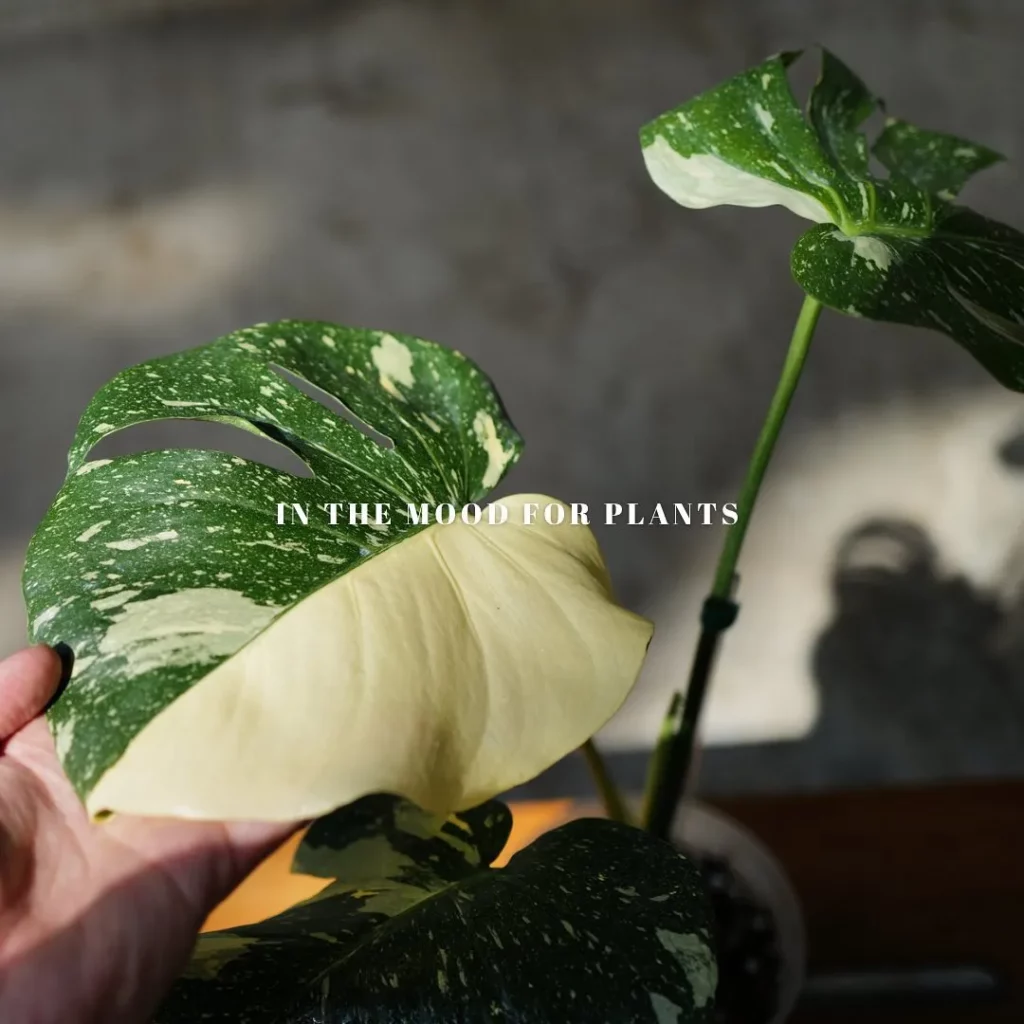
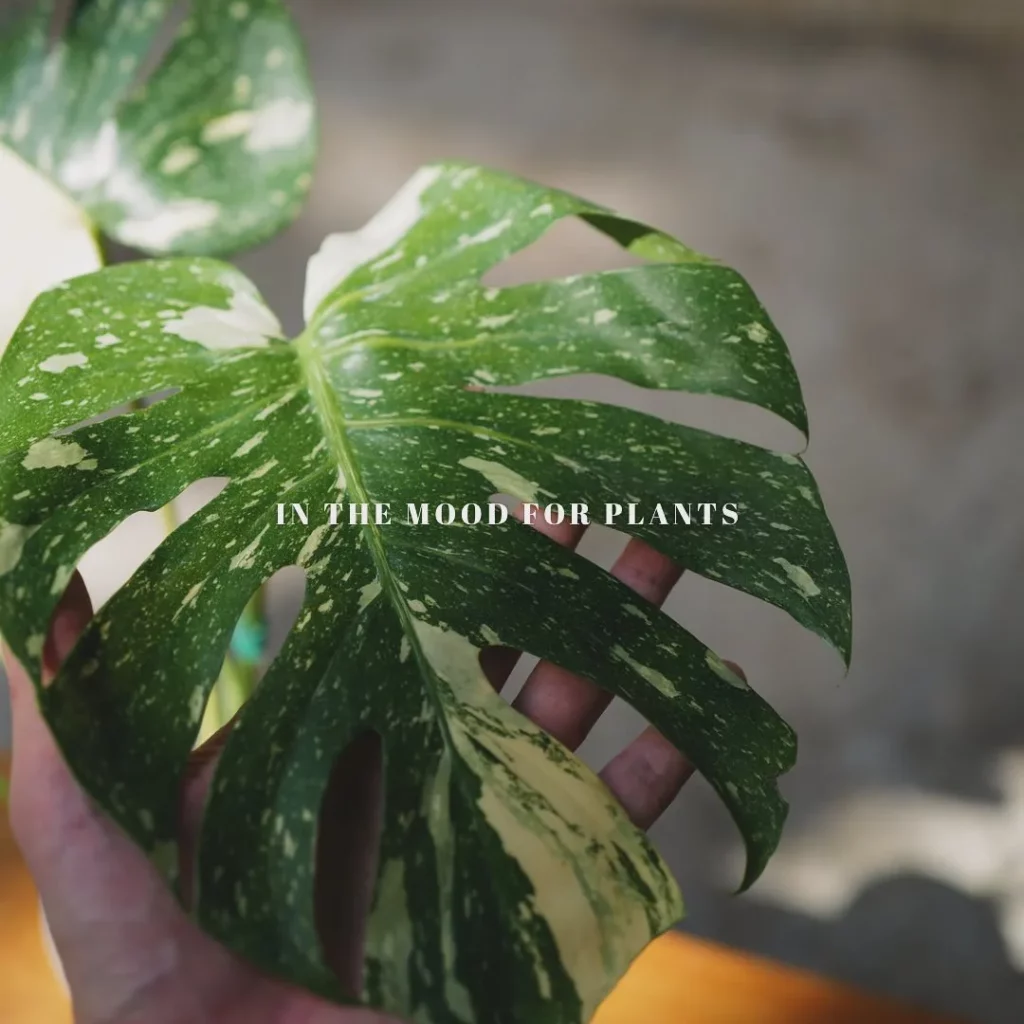
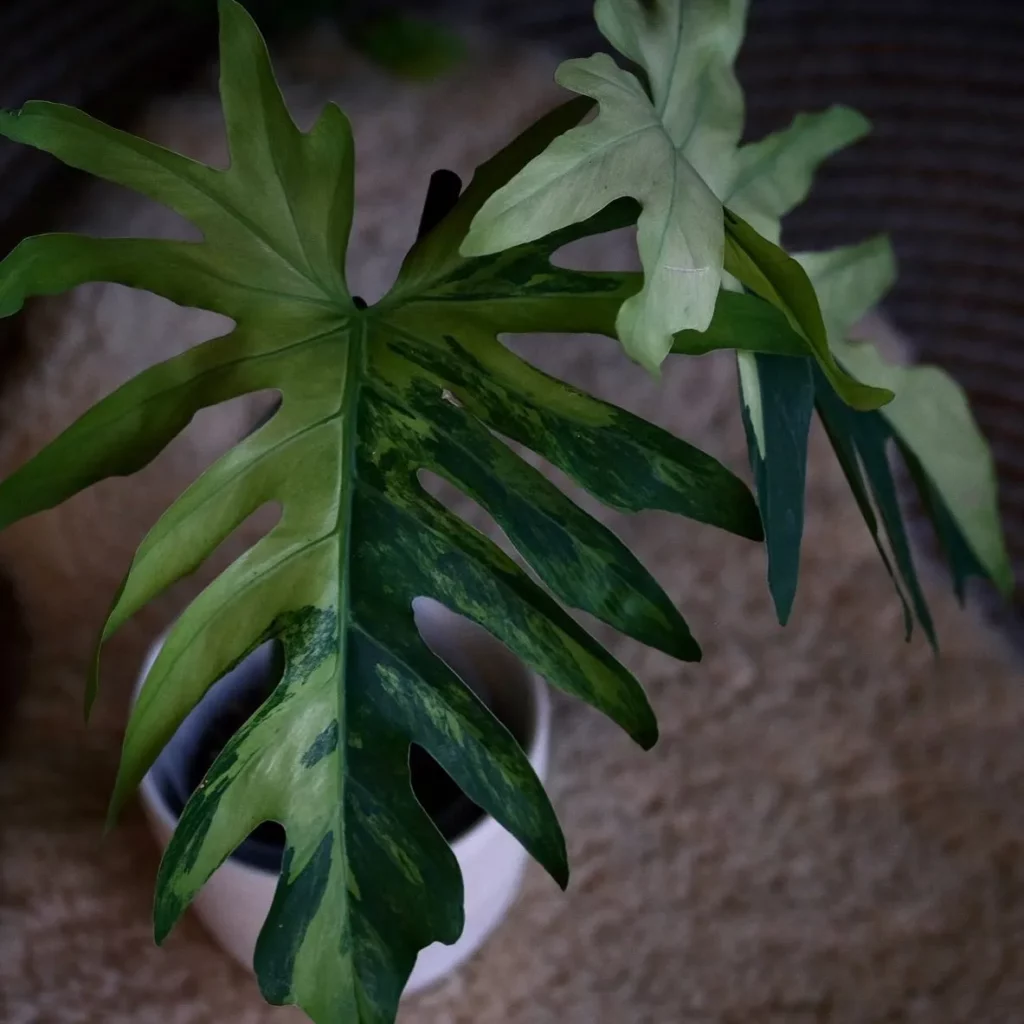
Philodendron Radiatum is a stunning houseplant that thrives in bright, indirect light. Its light requirements are essential for maintaining its health and lush foliage. This article will guide you on how to provide the right amount of light for your Philodendron Radiatum.
Filtered Sunlight for Optimal Growth
To ensure the best growth for your Philodendron Radiatum, it is recommended to place the plant in an area that receives filtered sunlight. This means that the light should be partially blocked or diffused before reaching the plant. This can be achieved by placing the plant a few feet away from a window or by using sheer curtains to filter the incoming sunlight.
Avoid Direct Sunlight
While Philodendron Radiatum loves bright light, direct sunlight can be harmful to its foliage. Direct sun rays can scorch the leaves, causing them to turn yellow or brown. To protect your plant, make sure to avoid placing it in direct sunlight. If you notice any signs of sunburn, such as yellowing or browning leaves, move the plant to a more shaded area immediately.
Placing Near South-Facing Window
If you have a south-facing window, it can provide the ideal light conditions for your Philodendron Radiatum. Placing the plant within 6 feet of the window will ensure it receives enough light to thrive. However, make sure to monitor the plant closely to ensure it’s not getting too much direct sunlight. Adjust the placement as needed to maintain the right light balance.
Watering Philodendron Radiatum
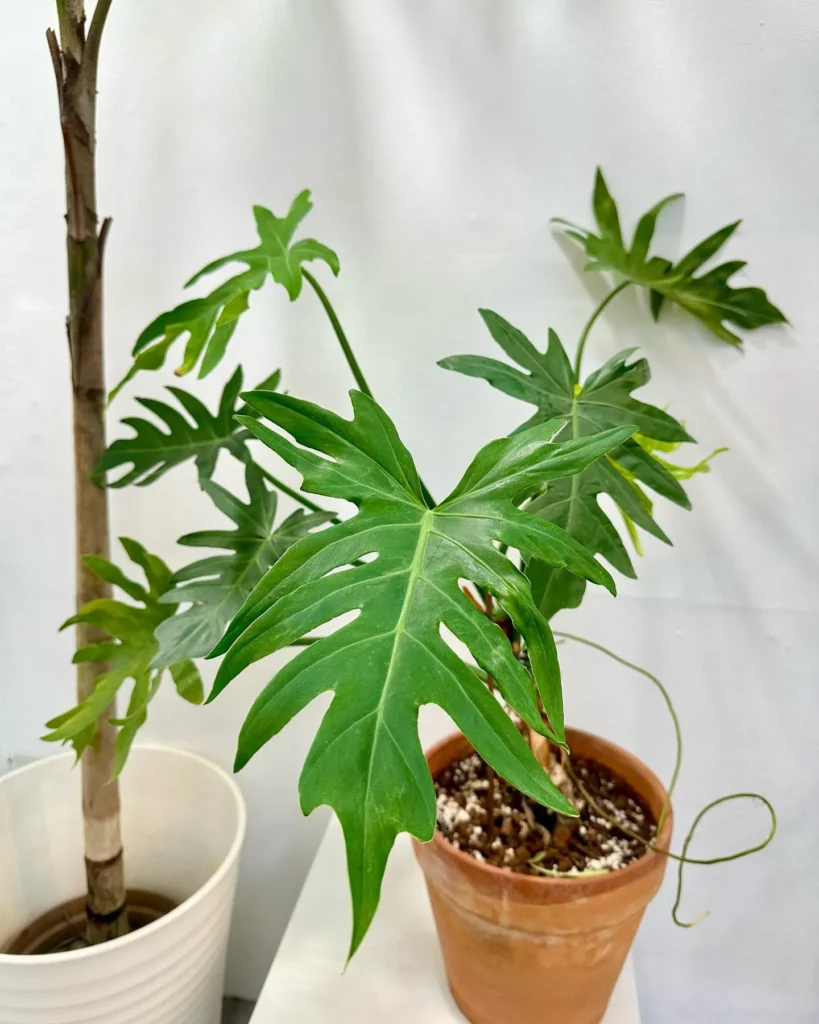
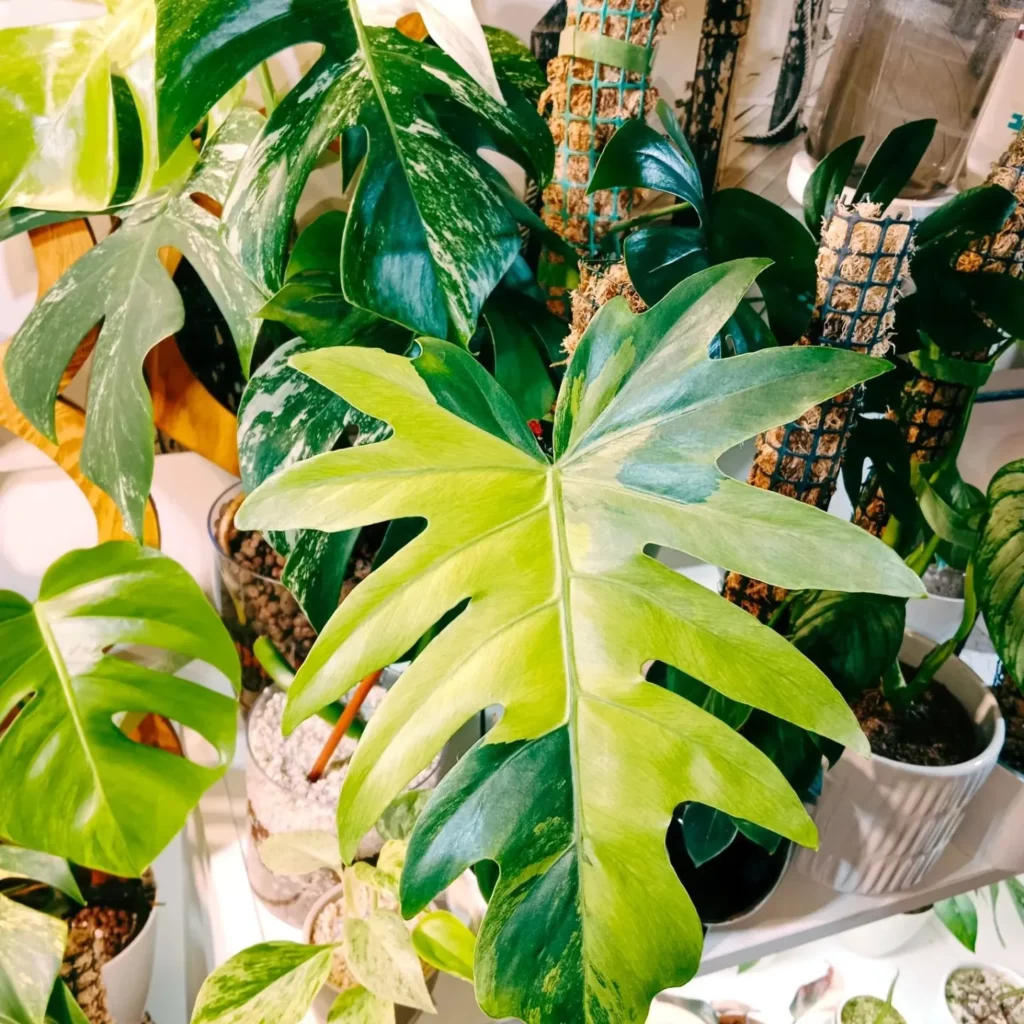
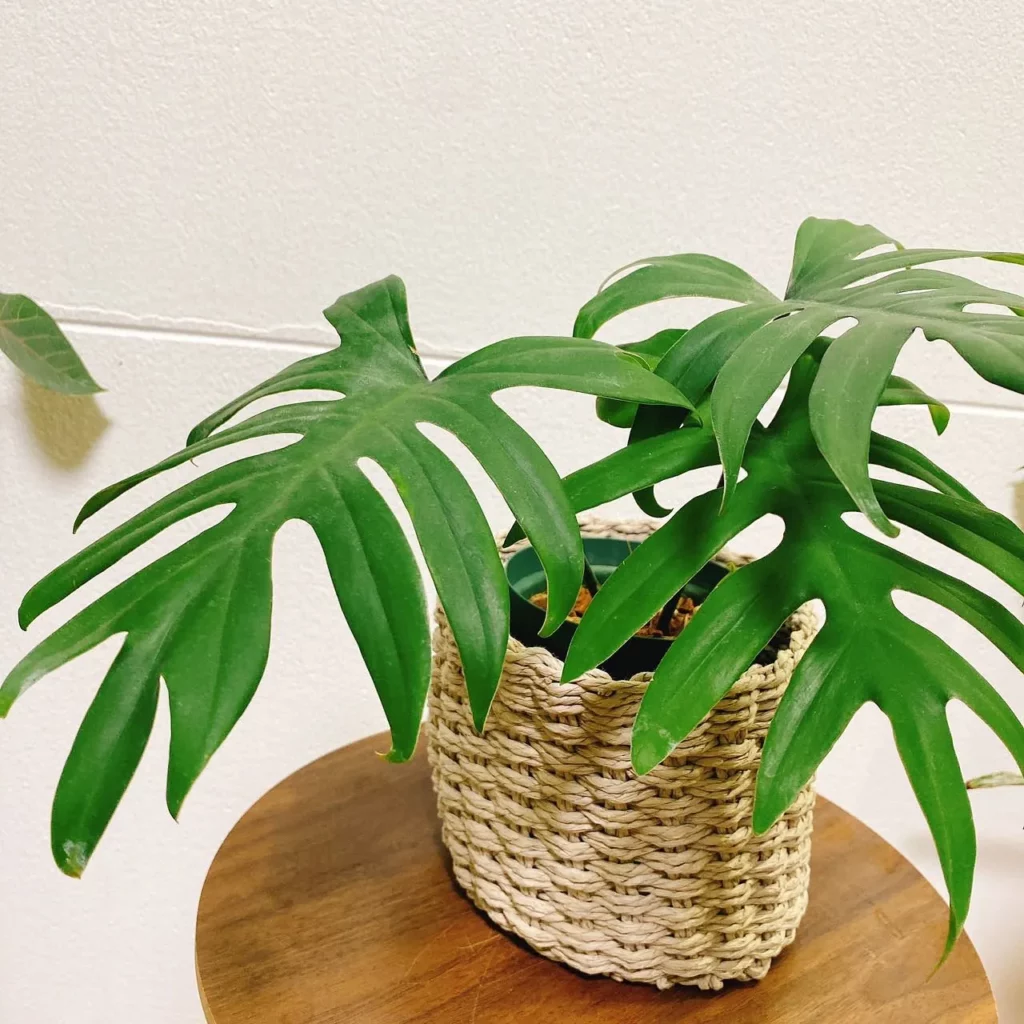
Proper watering is essential for the health and vitality of your Philodendron Radiatum. This beautiful plant prefers a consistent watering routine, but it’s important to avoid overwatering, as it can lead to root rot and other issues. Here are some guidelines to help you meet the water needs of your Philodendron Radiatum:
- Allow the soil to dry out: Philodendron Radiatum prefers its soil to dry out between waterings. Before watering, check the top inch of the soil; if it feels dry, it’s time to water your plant.
- Water regularly: Philodendron Radiatum requires regular watering to thrive. Aim to water it once the top inch of soil has dried out completely. However, avoid letting the soil become bone dry, as this can stress the plant.
- Use filtered or rainwater: If possible, use filtered or rainwater to water your Philodendron Radiatum. Tap water may contain minerals that can potentially harm the plant over time. Using filtered or rainwater will ensure that your plant receives only pure water.
Fertilizing Philodendron Radiatum
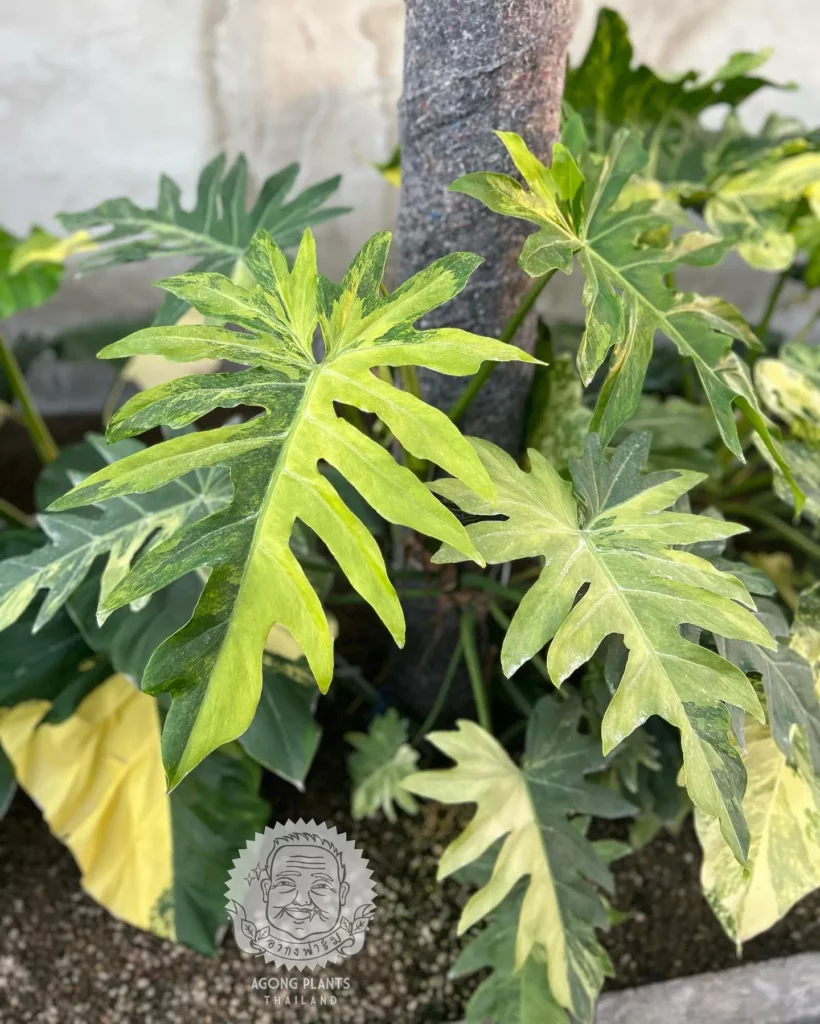
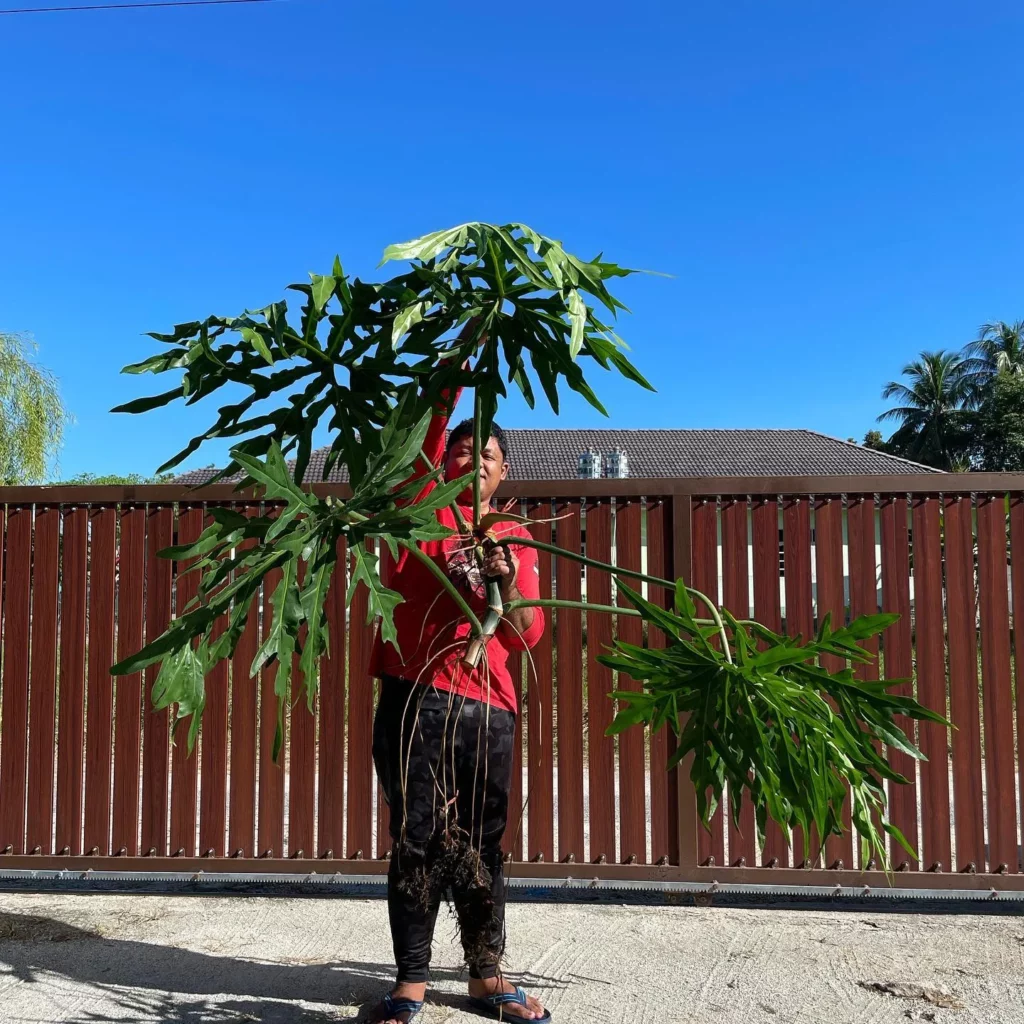
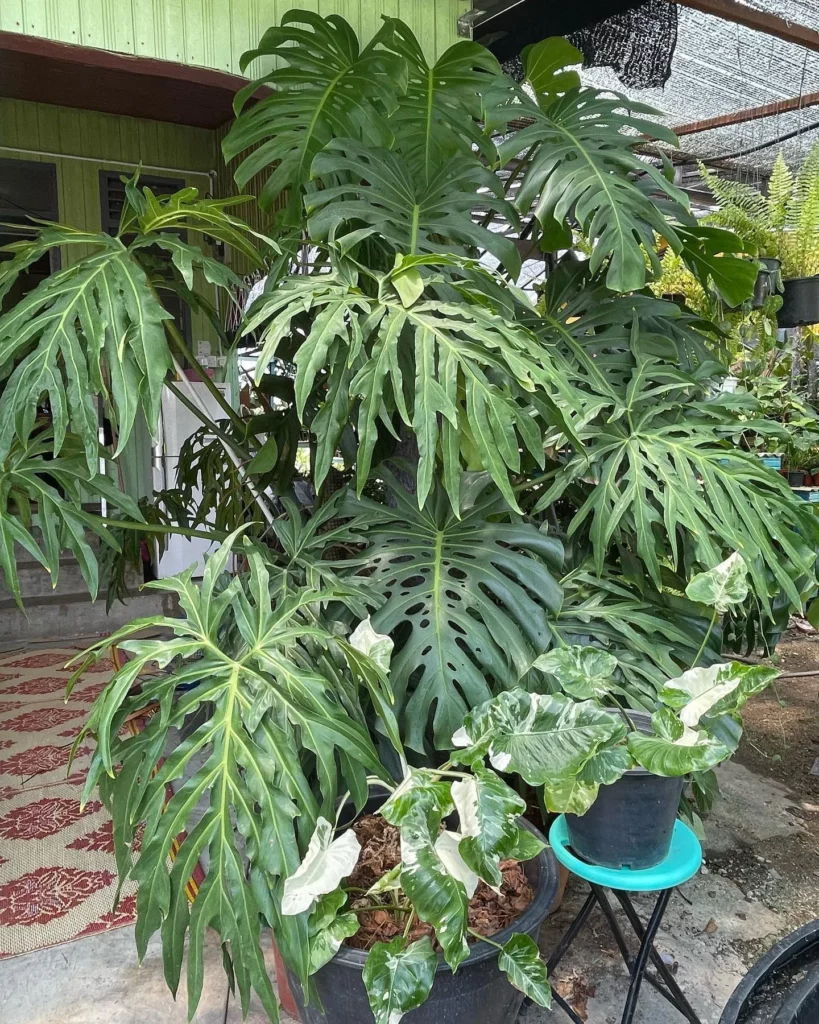
Proper fertilization is essential for the healthy growth of your Philodendron Radiatum, especially during the growing season. By providing the right nutrients, you can support its lush foliage and vibrant appearance. One of the best ways to fertilize this plant is by using a slow-release fertilizer.
A slow-release fertilizer ensures that your Philodendron Radiatum receives a steady supply of nutrients over time, promoting balanced growth. It is recommended to apply the fertilizer every month, but at half the recommended strength. This allows for a gradual release of nutrients without overwhelming the plant.
When choosing a slow-release fertilizer for your Philodendron Radiatum, opt for a product that is rich in magnesium. Magnesium is an important nutrient for this plant’s healthy development and vibrant foliage. It contributes to the overall strength and coloration of the leaves.
Avoid using cheap fertilizers that may contain salts. These salts can accumulate in the soil over time and cause damage to the roots of your Philodendron Radiatum. It’s always best to invest in a high-quality slow-release fertilizer to ensure the long-term health of your plant.
Potting Philodendron Radiatum
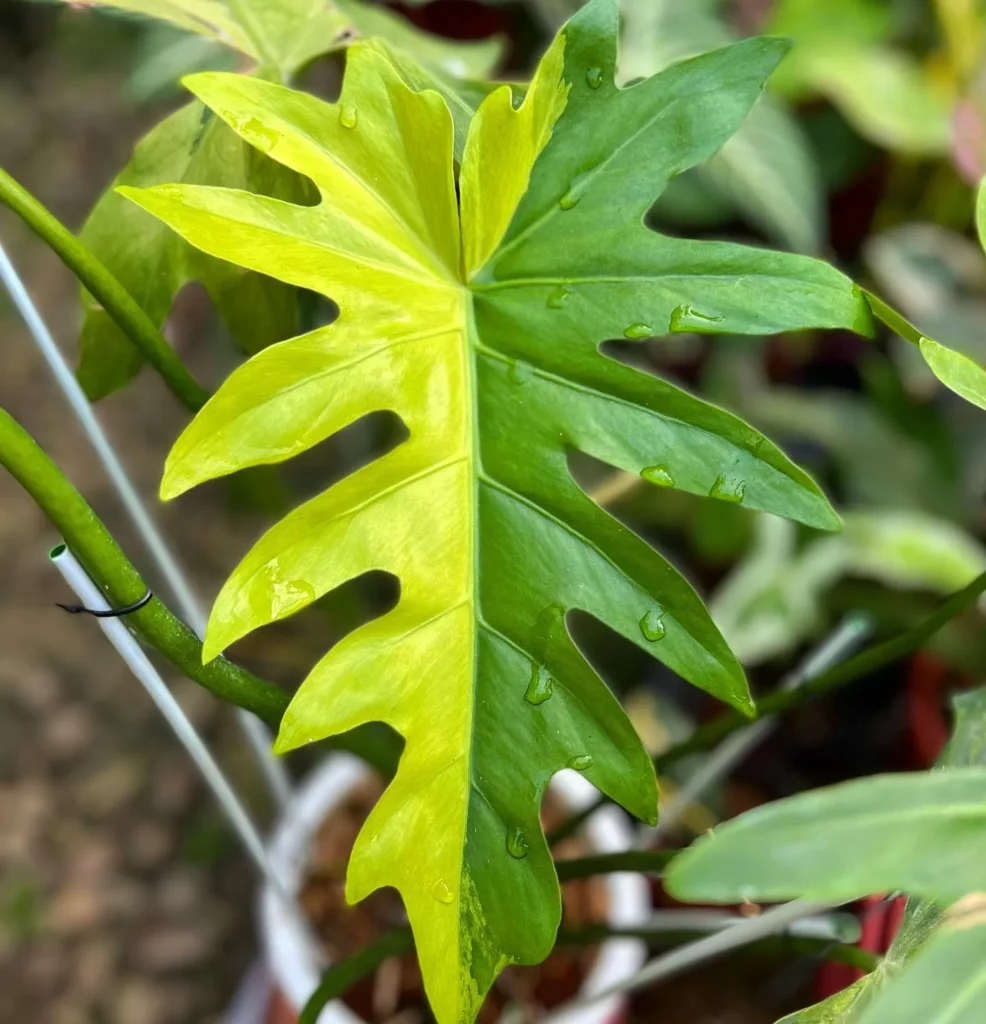


When it comes to potting your Philodendron Radiatum, it’s important to provide the right conditions for its growth and health. This tropical plant prefers well-draining soil that contains organic matter. You can use a commercial soil mix specifically designed for tropical plants, or create your own mix using soil, peat moss, and perlite.
Repotting is necessary when your Philodendron Radiatum doubles in size or once a year. This allows the plant to have enough room to grow and also gives you an opportunity to replenish the nutrients in the soil. When repotting, carefully remove the plant from its current pot, gently loosen the roots, and place it in a slightly larger pot with fresh soil. Be sure to pat down the soil around the roots to ensure a secure fit.
Propagating Philodendron Radiatum
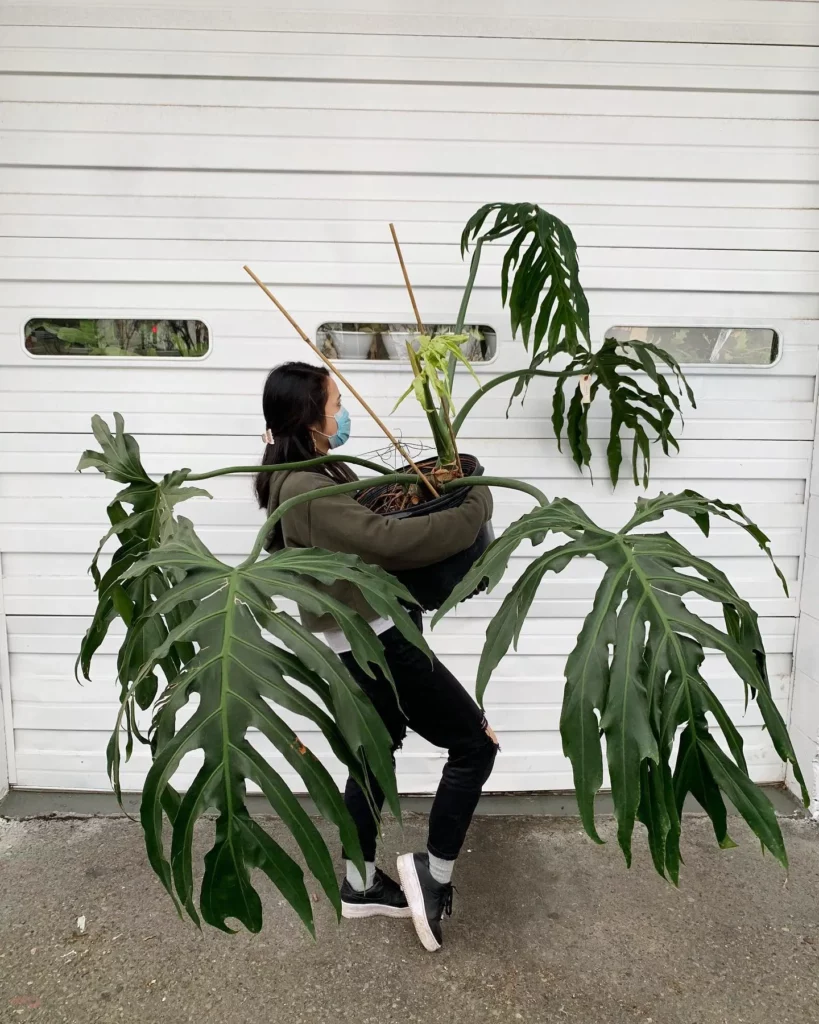
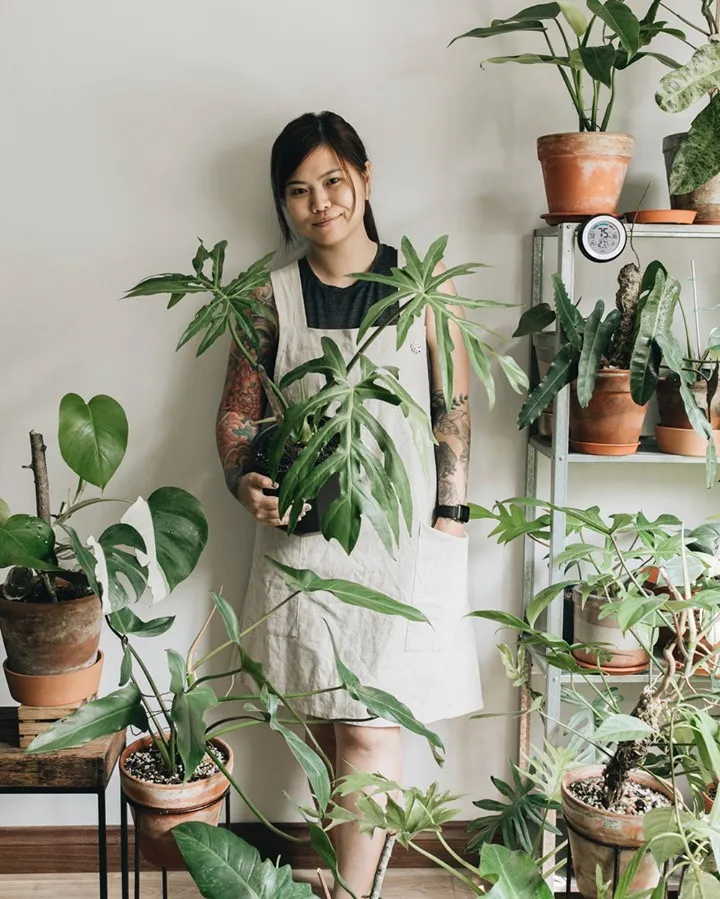
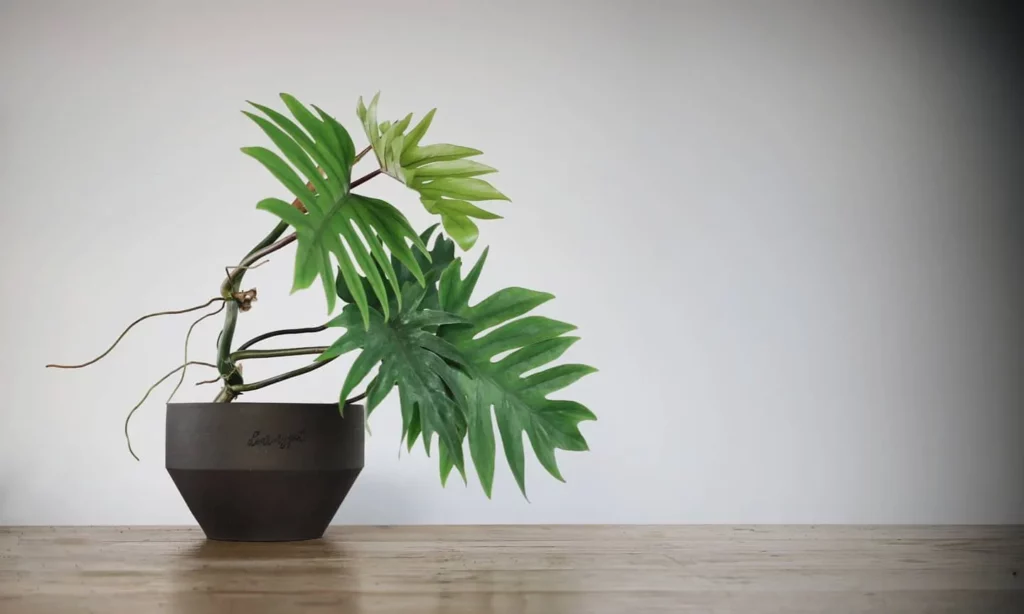
Philodendron Radiatum, a beautiful houseplant, can be easily propagated through two methods: air layering and water propagation.
Air Layering
Air layering is a popular technique for propagating Philodendron Radiatum. Here’s how you can do it:
- Select a healthy stem with a node, which is a swelling where the leaf meets the stem.
- Gently make a small cut or scrape on the stem, just below the node.
- Wrap moistened sphagnum moss around the node, securing it with a plastic wrap or aluminum foil.
- Wait for the roots to develop within the moss, which may take a few weeks to a few months.
- Once roots have formed, carefully cut below the rooted portion and plant it in a separate container with well-draining soil.
Water Propagation
Water propagation is another effective method for propagating Philodendron Radiatum. Follow these steps:
- Take stem cuttings, ideally with at least two nodes.
- Place the cuttings in a container of water, ensuring that the nodes are submerged.
- Keep the container in a bright location, but avoid direct sunlight.
- Change the water every few days to prevent stagnation and the growth of harmful bacteria.
- Wait for roots to develop, which typically takes a few weeks to a month.
- Once the roots are sufficiently long, transfer the cuttings into pots with well-draining soil.
Growth and Development of Philodendron Radiatum
Philodendron Radiatum is a stunning plant with a medium growth rate and the potential to reach an impressive mature size of 8 to 10 feet when provided with optimal conditions. This plant creates a new leaf each month, contributing to its lush and vibrant appearance. As the Philodendron Radiatum matures, its leaves become larger and more deeply incised, showcasing its tropical charm. To help the plant reach its full potential, consider providing vertical support such as a moss pole, which will enable it to climb and thrive.
Pests and Diseases of Philodendron Radiatum
When caring for your Philodendron Radiatum, it’s important to be aware of common pests and diseases that can affect its health. The most common pest that you may encounter is the mealybug. These tiny insects feed on the plant’s sap and secrete a sticky substance called honeydew. If left untreated, honeydew can lead to the growth of a black, sooty mold on the plant’s leaves.
To prevent and address mealybug infestations, regularly inspect your Philodendron Radiatum for signs of the pests. Look for white, cotton-like clusters on the stems, leaves, and leaf nodes. If you spot any mealybugs, gently wipe them away with a cotton swab dipped in rubbing alcohol. Alternatively, you can use insecticidal soap or neem oil to control the infestation.
In addition to mealybugs, other common problems that your Philodendron Radiatum may face include overwatering, nutrient deficiencies, and environmental factors such as temperature and humidity. Overwatering can lead to root rot and other fungal diseases, so it’s important to water your plant appropriately and ensure that the soil has proper drainage.
To prevent nutrient deficiencies, regularly fertilize your Philodendron Radiatum using a balanced houseplant fertilizer. Follow the manufacturer’s instructions for application rates and frequency. Environmental factors like temperature and humidity can also impact the health of your plant, so provide suitable conditions by keeping it in a warm, humid environment.
Native Region of Philodendron Radiatum
Philodendron Radiatum is a tropical plant native to Central America, South America, and the Caribbean. It thrives in the lush rainforests of these regions, where it climbs on trees and soaks up the warm, humid environment.
The plant’s natural habitat provides valuable insights into its preferred growing conditions. By understanding its native region, you can recreate similar conditions to ensure optimal growth and health for your Philodendron Radiatum at home.
Troubleshooting Philodendron Radiatum
When it comes to troubleshooting issues with your Philodendron Radiatum, it’s important to observe any signs of distress in the leaves. Keep an eye out for yellowing leaves, browning leaves, or drooping leaves, as these symptoms can indicate potential problems.
If you notice yellowing leaves, it may be a sign of overwatering. Check the moisture level of the soil and ensure it’s not too wet. Adjust your watering routine accordingly, allowing the soil to dry out between waterings.
Browning leaves can also be a result of overwatering or underwatering, as well as nutrient deficiencies. Make sure the soil is not overly dry or saturated and consider fertilizing your Philodendron Radiatum regularly with a slow-release fertilizer that is rich in magnesium.
Drooping leaves can be a sign of various issues. Evaluate the amount of light your plant is receiving and adjust its placement accordingly. Additionally, consider environmental factors such as temperature and humidity, as they can impact the overall health of your plant.
Care Summary for Philodendron Radiatum
Proper care is essential to ensure the health and thriving growth of your Philodendron Radiatum. Here is a summary of the key care guidelines:
Water Needs:
Philodendron Radiatum prefers regular watering, allowing the soil to dry out between waterings. Check the top inch of soil and water when it feels dry to the touch. Avoid overwatering, as it can lead to root rot.
Light Placement:
Provide your Philodendron Radiatum with bright, indirect light. Although it can tolerate being placed away from a window, it is best to position it within 6 feet of a south-facing window to ensure it receives adequate light. Avoid direct sunlight, as it can damage the foliage.
Repotting:
Regular repotting is essential for the healthy growth of Philodendron Radiatum. Repot the plant when it outgrows its current container or once a year, using well-draining soil. This not only provides fresh nutrients but also gives the plant more room to grow.
Additional Care:
Support the vertical growth of your Philodendron Radiatum by providing a moss pole or other vertical support. Fertilize the plant regularly with a slow-release fertilizer to ensure it receives the necessary nutrients. Watch out for common pests like mealybugs and treat them promptly if necessary.
FAQ
How often should I water Philodendron Radiatum?
Philodendron Radiatum prefers for the soil to dry out between waterings. It should be watered regularly, but be careful not to overwater, as this can lead to root rot. A good rule of thumb is to water the plant when the top inch of soil is dry.
What kind of light does Philodendron Radiatum need?
Philodendron Radiatum thrives in bright, indirect light. It prefers filtered sunlight and can tolerate being far from a window. Placing the plant less than 6 feet from a south-facing window will ensure it receives enough light to survive.
How often should I fertilize Philodendron Radiatum?
Philodendron Radiatum benefits from regular fertilization, especially during the growing season. A slow-release fertilizer can provide a steady supply of nutrients to support the plant’s growth. Apply the fertilizer every month, halving the recommended strength. This plant thrives on a fertilizer that is rich in magnesium.
What kind of soil does Philodendron Radiatum prefer?
Philodendron Radiatum prefers well-draining soil that contains organic matter. A commercial soil mix for tropical plants or a mix of soil, peat moss, and perlite can provide the right conditions. Repot the plant after it doubles in size or once a year, using fresh soil to replenish nutrients and give the plant more room to grow.
How can I propagate Philodendron Radiatum?
Philodendron Radiatum can be propagated through air layering or water propagation. Air layering involves wrapping sphagnum moss around a node on a healthy stem and allowing it to root before taking a cutting. Water propagation involves taking stem cuttings and placing them in water until roots develop. Both methods can be successful in propagating new plants.
How tall does Philodendron Radiatum grow?
Philodendron Radiatum has a medium growth rate and can reach a mature size of 8 to 10 feet under optimal conditions. The plant produces one new leaf every month. As the plant matures, the leaves become larger and more deeply incised, adding to its tropical charm.
What are the common pests and diseases that affect Philodendron Radiatum?
Mealybugs are the most common pest that affects Philodendron Radiatum. These insects feed on the plant and secrete honeydew, which can lead to sooty mold. Regularly inspect the plant for signs of infestation and treat with appropriate insecticides if necessary. Other common problems include overwatering, nutrient deficiencies, and environmental factors like temperature and humidity.
Where is Philodendron Radiatum native to?
Philodendron Radiatum is native to the tropical regions of Central America, South America, and the Caribbean. It naturally grows in rainforests, where it climbs on trees and thrives in warm, humid environments. Understanding its native region can help provide the right conditions for optimal growth and health.
How can I troubleshoot issues with Philodendron Radiatum?
When troubleshooting issues with Philodendron Radiatum, check for signs of distress in the leaves, such as yellowing, browning, or drooping. These symptoms can indicate overwatering or nutrient deficiencies. Inspect the soil moisture and make sure it’s not too dry or too wet. Evaluate the amount of light the plant is receiving and adjust care routines accordingly. Consider environmental factors like temperature and humidity as well.
What are the key care guidelines for Philodendron Radiatum?
To summarize, Philodendron Radiatum prefers regular watering, with the soil drying out between waterings. It thrives in bright, indirect light and can tolerate being far from a window. Fertilize the plant regularly with a slow-release fertilizer. Pot the plant in well-draining soil and repot as needed. Provide support for vertical growth and watch for common pests and diseases. By following these care guidelines, you can ensure the health and thriving growth of your Philodendron Radiatum.



